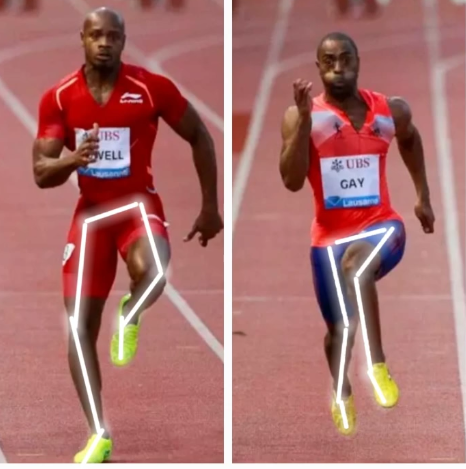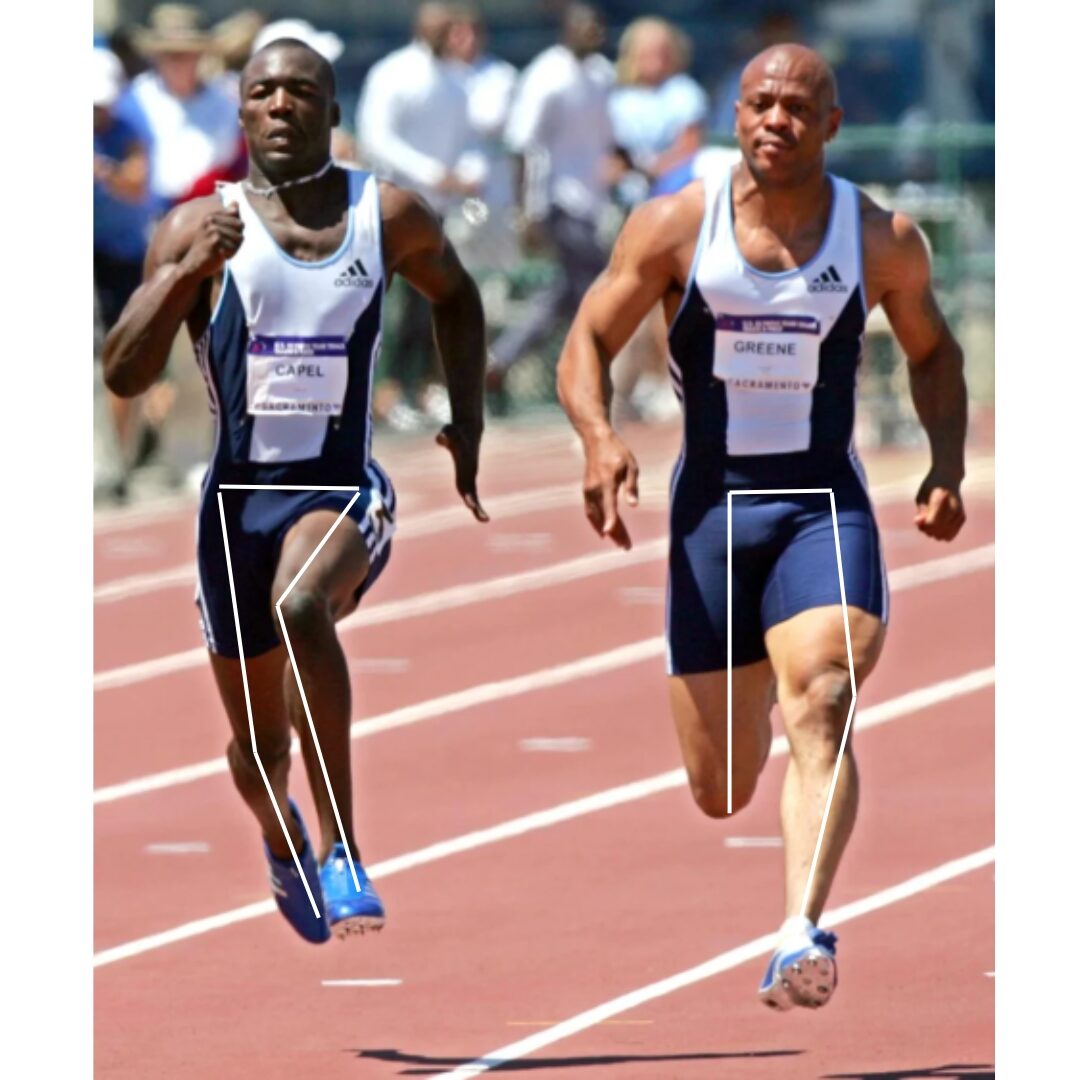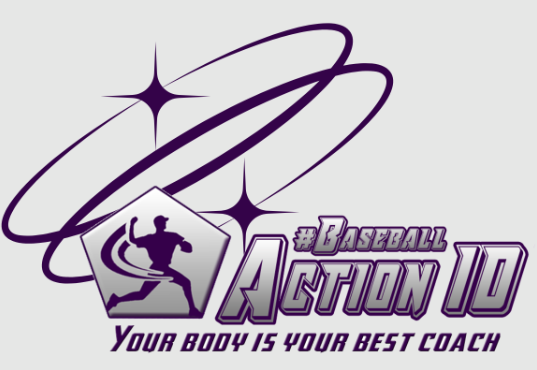Master Lead Leg Mechanics for Better Pitching!

We’ve all heard it: “All players are different.” It’s a mantra we all seem to agree on—until we don’t. After just a few minutes of conversation, many coaches, trainers, and experts revert to discussing biomechanical principles and so-called absolutes. In practice, we end up ignoring individuality, defaulting to a “copy-paste” model of the so-called “ideal movement” or mechanics.
But what is this ideal? It’s often nothing more than a culturally ingrained concept of movement that dismisses natural variation.
This weekend, I came across a video from a renowned pitching institute. They work with amateur and professional players, especially during this time of year.
The video focused on lead leg movement patterns, particularly avoiding energy leaks in the lead leg.
Here’s a summary of their explanation:
- Inefficient lead leg movements—such as excessive knee flexion, bowing out of the knee or foot, or failure to achieve a clawback mechanism—are often seen as pattern or timing issues.
- Athletes may do countless reps and drills to fix these issues, yet sometimes their bodies simply won’t adapt.
My Take: NO, OF COURSE NOT!!!
Isn’t it strange that they admit:
“Athletes try everything, yet their bodies just won’t get into these positions.”
Of course, their bodies resist—it’s against their natural way of moving!
These positions don’t align with their individual natural motor preferences. It’s not how their bodies are wired.
This isn’t just about motor dominance—it’s about the fundamental differences in how the body functions and how it activates the Anterior or Posterior muscle chains during movement.
How does the lower half of an Anterior Muscle Chain Dominant (WB) Athlete work:
- When bending the knee:
- External Rotation Upper Leg
- Internal Rotation Lower Leg
- Foot Outward
- When straightening the knee:
- Internal Rotation Upper Leg
- External Rotation Lower Leg
- Foot Neutral
How does the lower half of a Posterior Muscle Chain Dominant (WT) Athlete work:

- When bending the knee:
- Internal Rotation Upper Leg
- External Rotation Lower Leg
- Foot Inward
- When straightening the knee:
- External Rotation Upper Leg
- Internal Rotation Lower Leg
- Foot Neutral

As you see in the pictures, these differences are clearly visible in movements like sprinting!
These visible variations highlight how each athlete’s natural motor preferences influence their movement patterns.
The Real Issue:
We’re still stuck in a one-size-fits-all culture, forcing athletes into “ideal” mechanics that often conflict with their natural motor preferences. Instead of embracing individuality, we create unnecessary barriers to performance or even injuries.
Let’s commit to doing better. Let’s respect the unique ways athletes move and stop trying to mould everyone into the same outdated “ideal.” Individuality isn’t just a mantra—it’s the foundation of elite performance.

